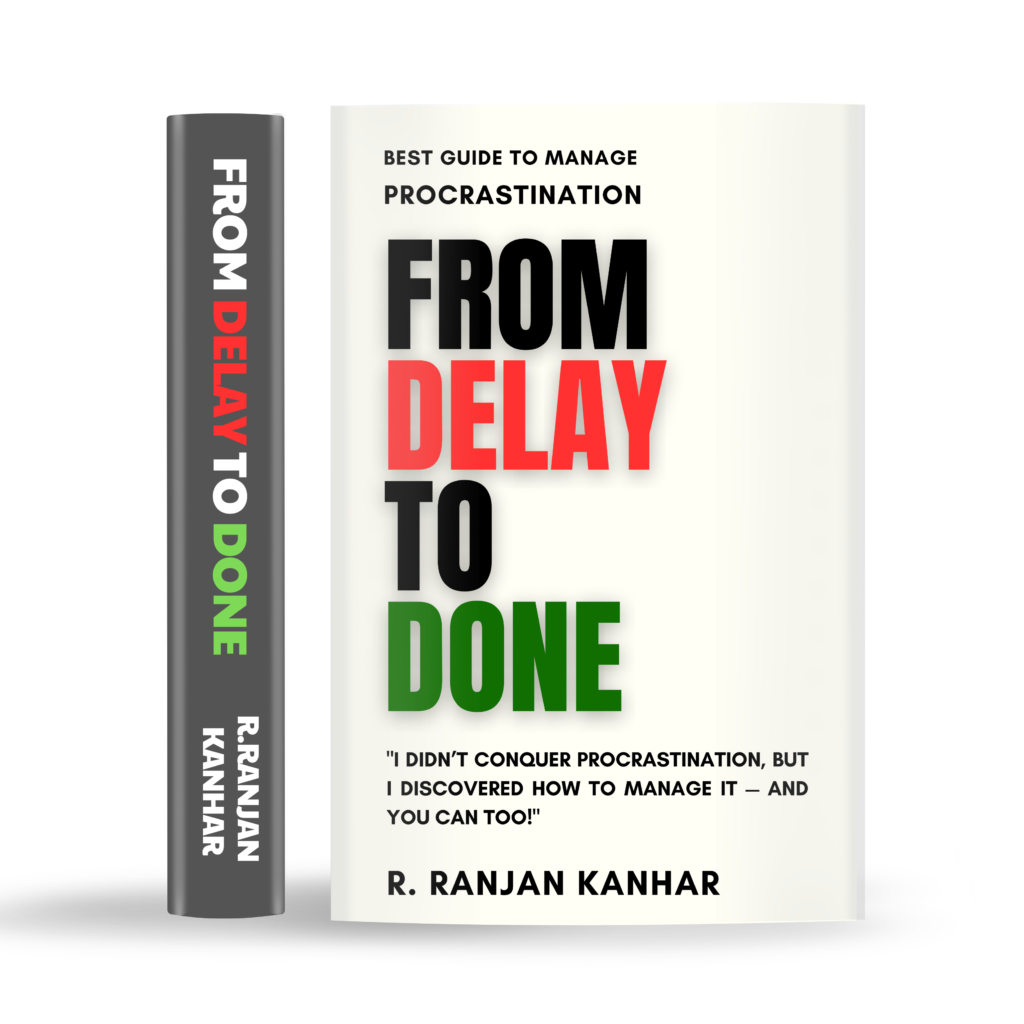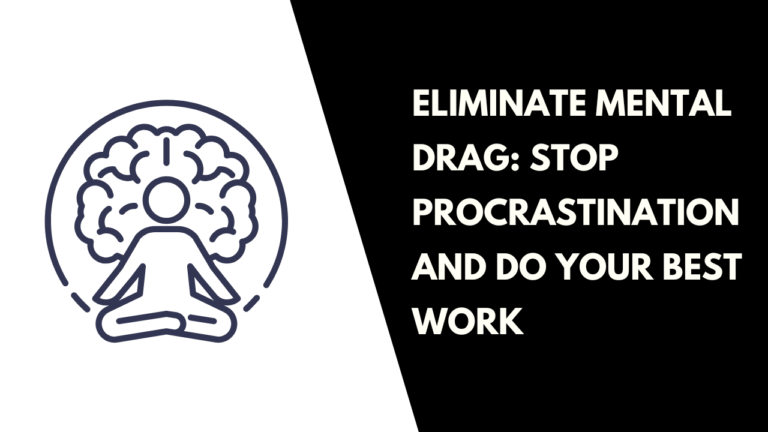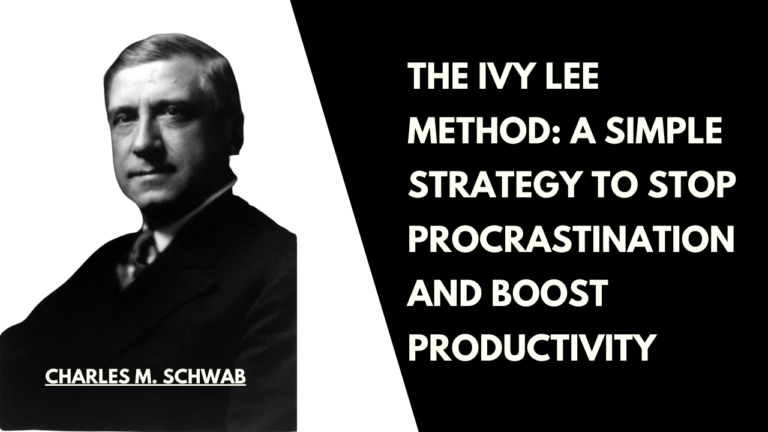How to Stop Procrastination and Make Exercise a Daily Habit
How to Stop Procrastination and Make Exercise a Daily Habit
Many people struggle with finding the motivation to work out consistently. They want to make exercise a habit but often fall into the trap of procrastination. (A 2012 survey found that exercise was the number one habit people desired to build.)
Table of Contents
ToggleHowever, intending to make exercise a habit and consistently following through are two different challenges. Changing your lifestyle is challenging, especially when personal feelings about body image and self-worth come into play.
Fortunately, there are effective ways to stop procrastination and make exercise a habit that lasts. Here are three simple strategies that have helped me maintain my fitness routine for over two years without skipping a workout.
1. Create a Ritual to Make Starting Effortless
Habits are built through repetition, and every habit begins with a starting point. If you can make the process of starting your workout automatic, maintaining consistency becomes much easier.
Rituals and routines help simplify the process. For example, Twyla Tharp, a famous choreographer, had a simple ritual: she called a cab to take her to the gym every morning. Once the cab was called, the workout was inevitable.
You can create your own ritual by stacking your exercise habit onto an existing habit or setting a fixed schedule. Try filling out this sentence:
During the next week, I will exercise on [DAY] at [TIME] at/in [PLACE].
Studies show that people who make this kind of commitment are 2 to 3 times more likely to maintain their exercise habit over time. This is known as “implementation intention,” a proven psychological strategy to beat procrastination.
2. Start Small to Overcome Procrastination
One of the biggest reasons people struggle with exercise is that they set unrealistic expectations. If you aim for intense, hour-long workouts right away, it’s easy to get overwhelmed and delay starting.
Instead, use the “2-Minute Rule”—commit to just two minutes of action. For example, if your goal is to run, simply put on your running shoes and step outside. If you want to go to the gym, just drive to the parking lot. Once you start, the momentum will often carry you forward.
By making the first step ridiculously easy, you eliminate excuses and gradually build the habit of working out regularly.
3. Focus on the Habit, Not the Outcome
Most people begin an exercise routine with a specific goal: “I want to lose 20 pounds” or “I want to bench press 50 more pounds.” While goals are useful, they can also lead to frustration if results don’t come quickly.
A better approach is to focus on consistency first. In the beginning, your main goal should be to not miss workouts, even if they are short or low-intensity. Building the habit is more important than immediate results.
One strategy is to set an upper limit. For example, one fitness enthusiast, Mitch, initially restricted his gym sessions to just 5 minutes per day. The key was to build the routine of showing up. Once he was consistent, he gradually increased the intensity and duration, ultimately losing over 100 pounds.
Without consistency, no strategy will work. But once you establish the habit, improvement becomes easy.
Final Thoughts
If you struggle with making exercise a habit, don’t let procrastination hold you back. Start small, create rituals, and prioritize consistency over results. Once the habit is built, everything else—strength, endurance, weight loss—will follow naturally.
Remember, the key to lasting change isn’t motivation; it’s developing systems that make it easy to show up every day. Beat procrastination, take action, and make exercise a natural part of your life!
“Stop postponing your dreams! From Delay to Done is your ultimate guide to conquering procrastination. Grab your copy today on Amazon!







